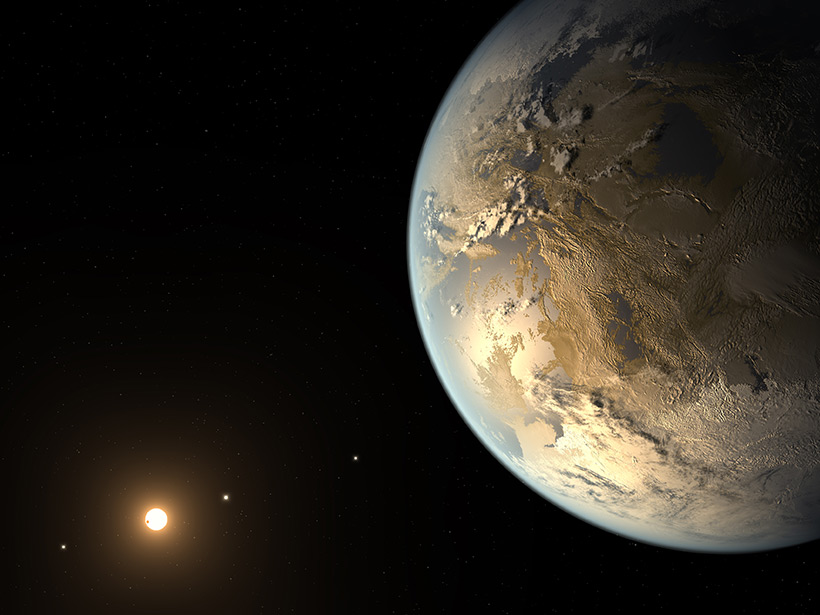Source: Geochemistry, Geophysics, Geosystems
Day to day, plate tectonics may seem to have little to do with Earth’s habitability. However, over time, interactions between our planet’s climate, mantle, and core have created a suitable home for complex life. In a new review paper, Foley and Driscoll suggest that similar processes could set other rocky planets on very different trajectories, ultimately determining whether they could support life as we know it.
Cooler climates promote plate tectonics by keeping plate boundaries from fusing and by weakening the crust and outer mantle. In turn, plate tectonics help keep the climate temperate through carbon cycling. On Earth, cold slabs of rock subduct and sink deep into the mantle, drawing heat from the core. Long-term core cooling helps maintain Earth’s magnetic field, which keeps the solar wind from stripping away the atmosphere.
The authors hypothesize that the climate-mantle-core connection determines whether a young, rocky planet will develop plate tectonics, a temperate climate, and a magnetic field—all of which are thought to be necessary for life. Initial atmospheric composition, timing of the onset of plate tectonics, and other factors can affect how climate-mantle-core dynamics unfold. This means that two similar planets might follow wildly different paths, even if they both reside in a solar system’s habitable zone (where liquid water can exist on the surface).
The authors also suggest that interactions between the climate, mantle, and core might explain why Earth and Venus are so different, despite their similar sizes and composition: Venus’s hot climate prevents plate tectonics, stifling a sustained magnetic field.
Scientists don’t yet know enough Venusian history to confirm the authors’ hypothesis. Much more research is also needed to clarify connections between climate, mantle, and core for rocky planets in general, but a better understanding of these dynamics could help predict the likelihood of finding an Earth-like exoplanet. (Geochemistry, Geophysics, Geosystems, doi:10.1002/2015GC006210, 2016).
—Sarah Stanley, Freelance Writer
Citation: Stanley, S. (2016), Becoming habitable in the habitable zone, Eos, 97, doi:10.1029/2016EO051319. Published on 29 April 2016.
Text © 2016. The authors. CC BY-NC-ND 3.0
Except where otherwise noted, images are subject to copyright. Any reuse without express permission from the copyright owner is prohibited.

